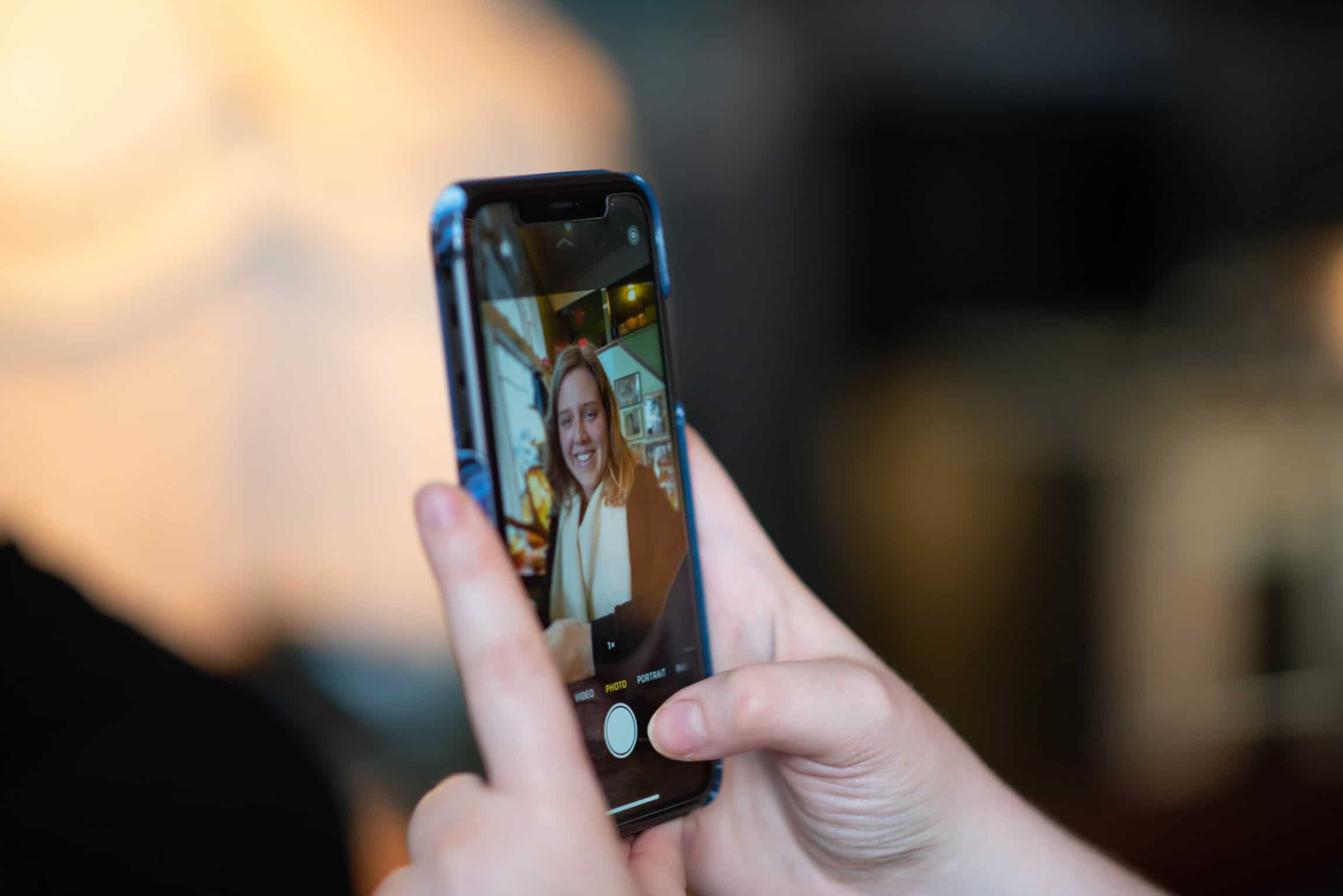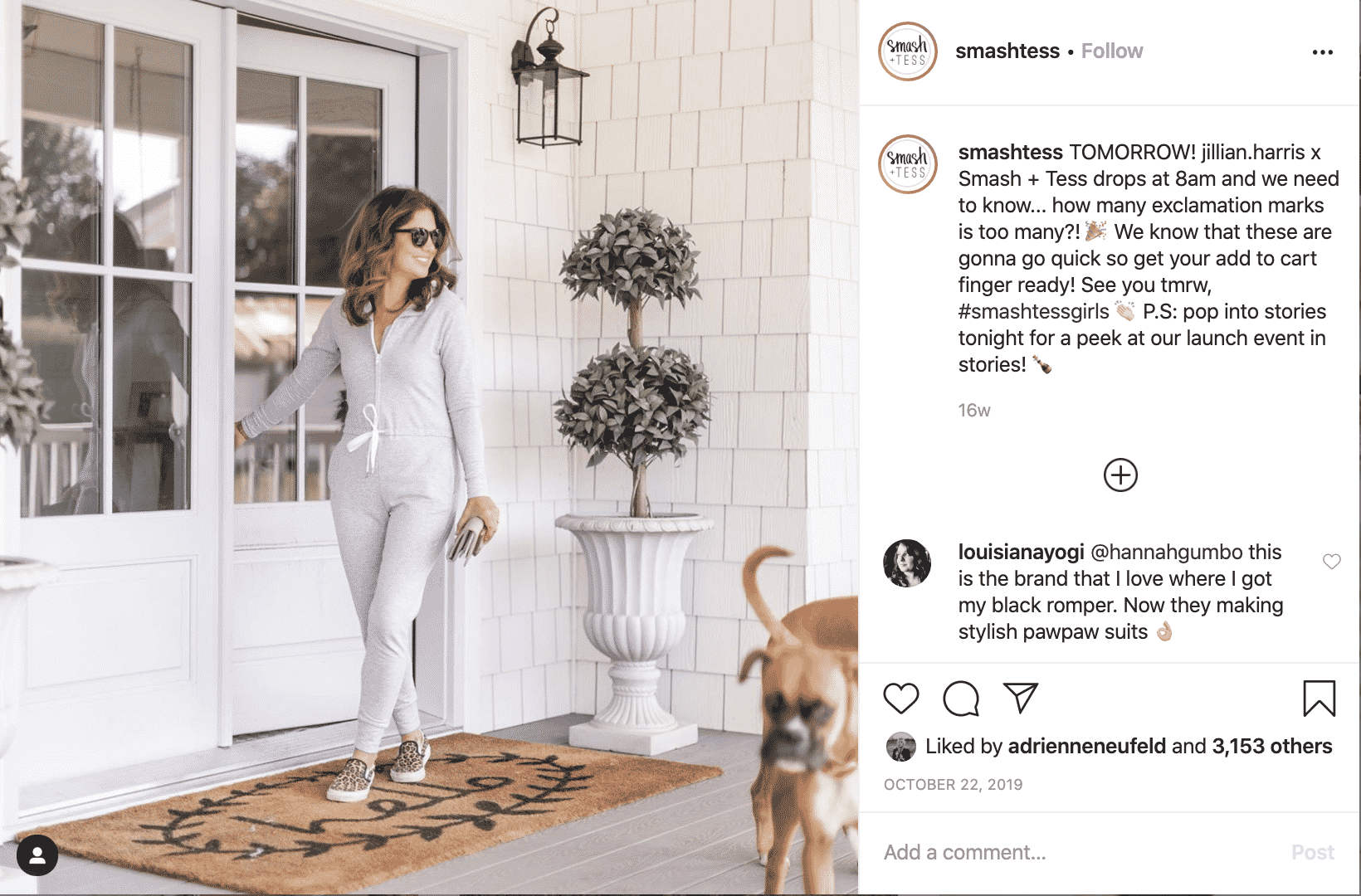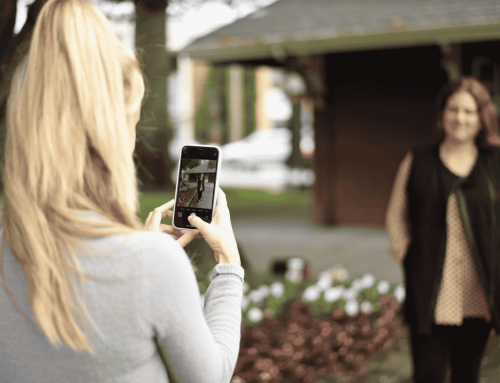The digital landscape has been rapidly transforming over the past few years, and with that, we have seen the rise of the influencers throughout social media.
Before we get into the in’s and out’s, let’s refresh. What is an influencer exactly?
- An influencer is an individual who has the power to affect purchase decisions of others because of his/her authority, knowledge, position or relationship with his/her audience.
- An individual who has a following in a particular niche, which they actively engage with. The size of the following depends on the size of the niche. (Source)
There are influencers on almost every social media platform: Instagram, Facebook, Youtube, you name it. There are also different classifications for different sizes of influencers:
- Nano-influencers: 1,000-10,000 followers.
- Micro-influencers: 10,000-50,000 followers.
- Mid-tier influencers: 50,000-500,000 followers.
- Macro-influencers: 500,000-1 million followers.
- Mega-Influencers: 1 million+ followers.
(Source)
The increase in influencer marketing has changed the marketing landscape, affecting how people and businesses are selling their products and services. It’s even impacting the level of influence leading professionals and experts have in their respective industries. Instead of typical digital marketing tactics like paid social advertising, many brands are opting to partner with influencers instead. Many influencers become experts in their industry, without the traditional education, experience, or certification that usually comes along with this kind of clout.
Just like everything, there are two sides to the influencer marketing coin: although when engaged with correctly, it can be a great success, it also has the potential to be a devastating dumpster fire.
One of our favourite recent Canadian influencer campaigns is the Smash + Tess X Jillian Harris collaboration. Smash + Tess (S+T) worked with Jillian to create two custom rompers, which Jillian then teased, shared and promoted on her social media channels. There were many well-executed pieces of this campaign such as the initial tease before the collaboration was announced, the cross-promotion on both accounts, and the product launch date. Both S+T and Jillian were transparent, engaged and clear about the products in collaboration, sharing detailed stories and posts. This campaign was a great example of transparent promotion and true collaboration.
One of the most scandalous influencer marketing failures is Fyre Festival. Fyre Festival was marketed as a luxury music festival that was promoted by mega-influencers such as Kendall Jenner and Bella Hadid. The influencers involved in the marketing campaign promoted a false representation of the festival depicting a perfect ‘island music festival getaway’, while also not disclosing the posts were sponsored. Specifically, Kendall Jenner also alluded in social posts that family member Kanye West would be performing at the festival- which was false. When festival-goers arrived at the island, they were “stranded with half-built huts to sleep in and cold cheese sandwiches to eat.” and no music festival in sight.
“Festival Goers were promised luxury, eco-friendly domes and villas to stay in that were included in the ticket prices. But one guest described it as a “disaster tent city.” – Business Insider
Although you may not be using influencer marketing to this scale, the most important takeaway from Fyre Festival for other brands is the importance of communication and transparency from both the brand and the influencer. The influencers did not disclose their ads as ads, nor did they do their due diligence to research the festival and become fully aware of the event they were promoting, while the festival organizers failed to be transparent with the influencers with what was actually going on. If you are a brand that is interested in investing in influencer marketing, it is important to create a plan and written agreement, and to be sure that you are creating an honest partnership between you and the influencer where you can be transparent to your respective audiences about your partnership.
One of the most popular types of influencer marketing is a collaboration. This is an opportunity for businesses to exchange free products or services instead of paying for influencers’ services. This is another great way to work with an influencer while still being able to market to their niche audience. A great addition to a brand collaboration can be a discount that is offered to the influencer’s followers, which in turn can bring new followers and revenue to your accounts and business.
There can be a diverse range of prices when working with influencers, these prices are affected by influencer size and their platform. Working with an influencer is different to collaboration, as traditionally, collaborations are unpaid or trade for free products or services. On Instagram, a bench bark price is about $25 per post per 1000 followers.
Here are some of our top tips to create a successful influencer marketing partnership:
- Niche:
Find an influencer that fits your niche. If you are selling products or services locally for children or babies, find a regional influencer that has a heavy parent-based following with family content. Make sure your collaboration will be providing value to both your audience and the influencer’s audience.
- Size:
Although you might think the best place to start would be with a more experienced influencer with a high following, e.g. > 10,000, you might want to reconsider. Nano-influencers are able to build more trust within their niche following as they are able to connect with their audience in more meaningful ways. Working with a nano-influencer also offers you more opportunities to work with someone local who has connections within your community. The size of an influencer affects the type of services they can offer you. For example, nano-influencers do not have the ability to provide a swipe up within their Instagram stories. Being able to add a swipe up to Instagram stories is beneficial if your goal is to send someone to a landing page. This way, it’s seamless to swipe up and purchase, without ever leaving the story. If this is something you’re interested in, it might be worth your while to work with a micro-influencer instead.
- Services:
When you’re choosing your influencer, it’s important to keep in mind what kind of services you would like the influencer to perform. A feed post? A mention in their story? A product demo? Most influencers will have a brand kit created to share with you, so make sure you go through it thoroughly to decide what services you think will provide you with the most value.
Whether you are going to be paying the influencer or just agreeing on a service-trade collaboration, it is extremely important for you to create a contract for the services both parties have agreed to perform. This provides both you and the influencer with written expectations for the collaboration, and make sure to sign off on visual proofs before they’re published. Now, go forth and collaborate honestly and successfully!
Interested in learning more social media tips and tricks? Subscribe to our newsletter!






